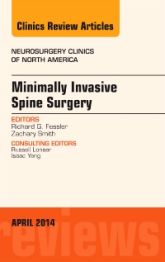Minimally Invasive Spine Surgery, An Issue of Neurosurgery Clinics of North America, 1st Edition
Author Information
Shop by Category
| ISBN Number | 9780323290043 |
|---|---|
| Main Author | By Richard G Fessler, MD, PhD |
| Copyright Year | 2014 |
| Edition Number | 1 |
| Format | Book |
| Trim | 178w x 254h |
| Imprint | Elsevier |
| Page Count | 0 |
| Publication Date | 7 Apr 2014 |
| Stock Status | IN STOCK - This may take up to 5 business days to ship |
 Flash Cards
Flash Cards
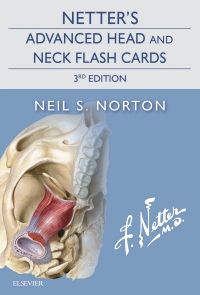 Flash Cards
Flash Cards
 Book
Book
 Flash Cards
Flash Cards
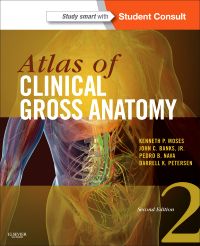 Book
Book
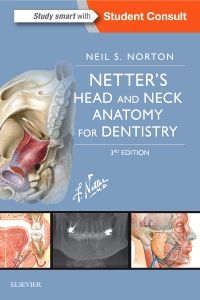 Book
Book
 Book
Book
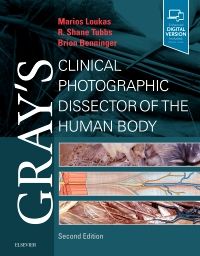 Book
Book
Marios Loukas
Oct 2018
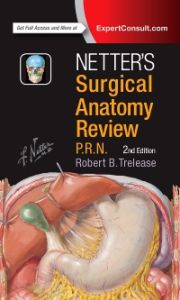 Book
Book
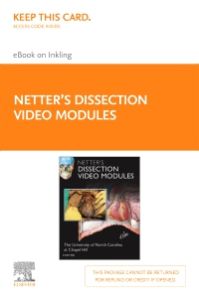 Online Resource
Online Resource
and Frank H. Netter
Oct 2015
* Elsevier is a leading publisher of health science books and journals, helping to advance medicine by delivering superior education, reference information and decision support tools to doctors, nurses, health practitioners and students. With titles available across a variety of media, we are able to supply the information you need in the most convenient format.
Copyright © 2024, its licensors, and contributors.
All rights are reserved, including those for text and data mining, AI training, and similar technologies.
For problems or suggestions regarding this site, please visit our Support Hub.


